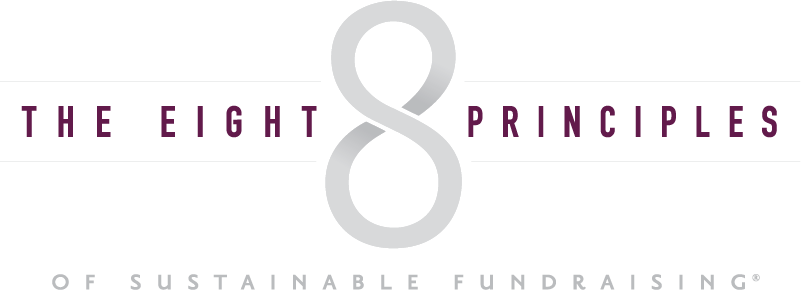This is the third installment of our series on Fundraising Culture, by Larry Johnson, Founder of The Eight Principles. We’ll look at what a culture is. What is looks like. The kind of fundraising culture you want. How to build it and how to keep it.
You see things; and you say, “Why?” But I dream things that never were; and I say, “Why not?”
—George Bernard Shaw
Thinking of what might be. Thinking of what can be. The next step is thinking what will be.
An enduring characteristic of organizations which continue to prosper, and grow is a fundraising culture with the posture of possibility. It’s a kind of magnetism that transforms the “possible” into the “probable”.
Putting a stake in the ground. Putting the idea out there. When you do this, two things happen. First, you become known for what you aspire to be, and, conversely what you’re not aspiring to be. Second, you begin to attract those investors that find your possibility something they may want to be a part of.
When you make an appeal for just “more of the same”, you rarely grow. Note that I’m not talking about expanding financial goals, but rather stretching for new accomplishments. It can become a struggle to even tread water. Hence the grind so many organizations find themselves in.
The opposite of “possibility” is “complacency”. And complacency often becomes atrophy and atrophy can be fatal. This is the case no matter how compelling or deserving your mission might be.
Closely tied to “possibility” is “expectation.” When you’re expecting more, you’ll naturally attract more. The strongest fundraising cultures are always reaching, always inspiring.
Organizations with an ethos of expectancy are always learning. Continuously learning. They’re always striving. They know that to simply “remain in place” is to drift. To drift is to lose direction and control.
When you’re thinking about your fundraising goals for the year, focus on ideation, not money. Let the inspiration drive the financial, not vice versa. Your immediate thought should never be, “How much will it cost?”, but rather, “What will it accomplish?”
So where do you fit? Is your organization focused on necessity and now, or is its horizon out there on what could be? The answer will have a major impact on both.
The rest, as they say, “is history!”



